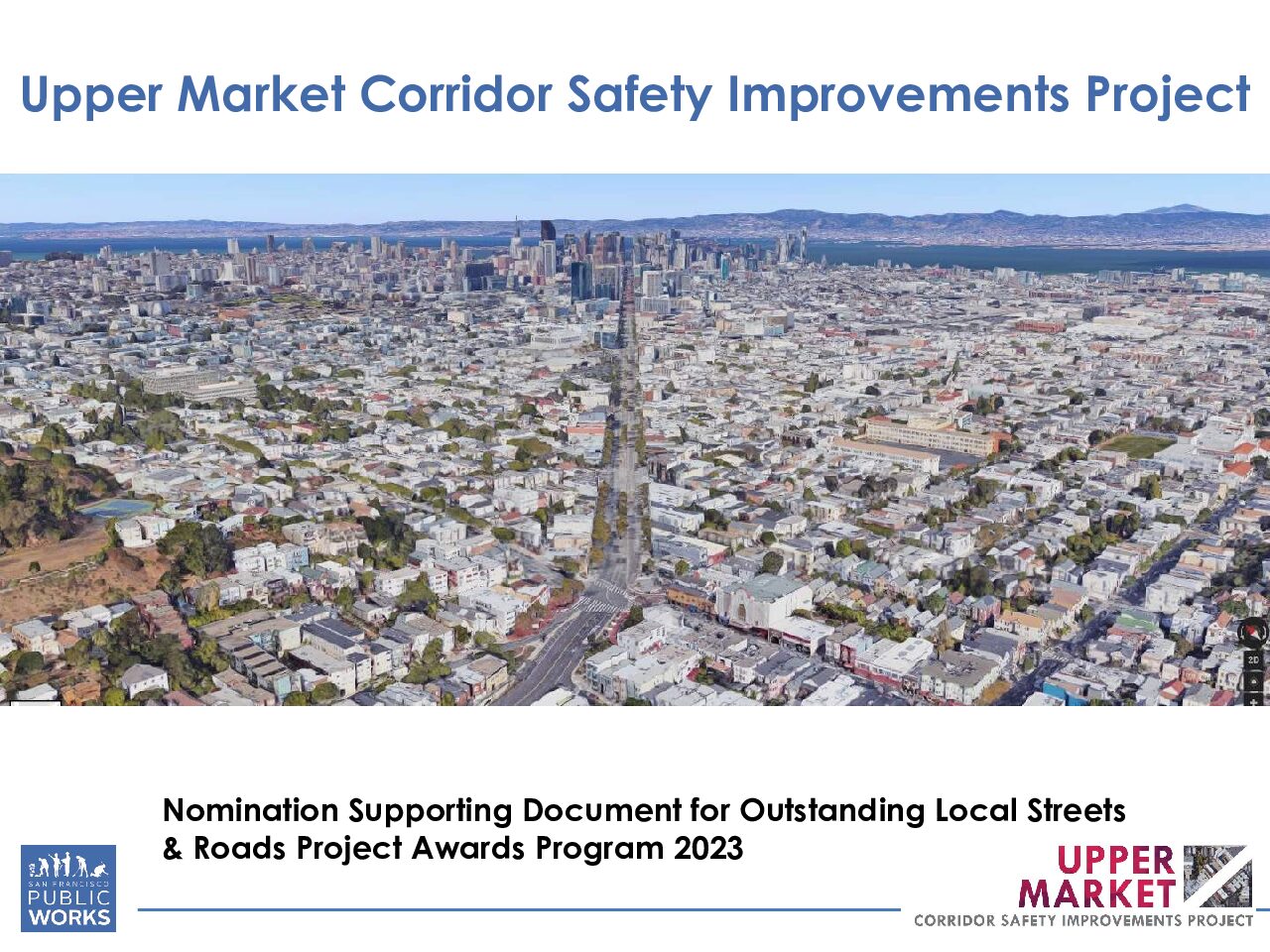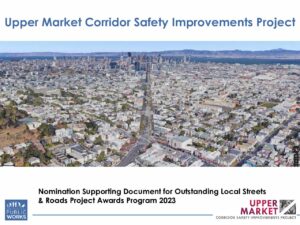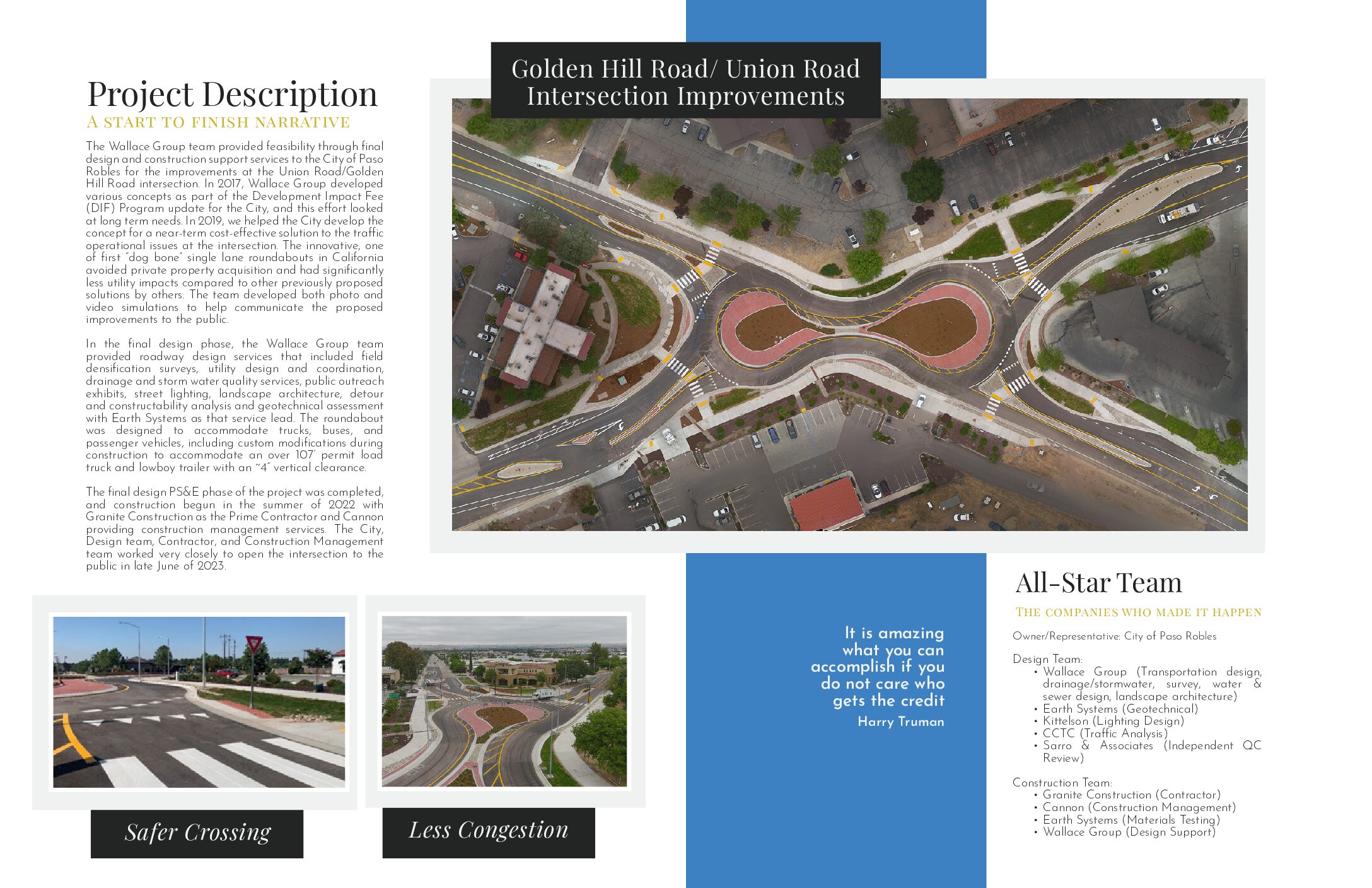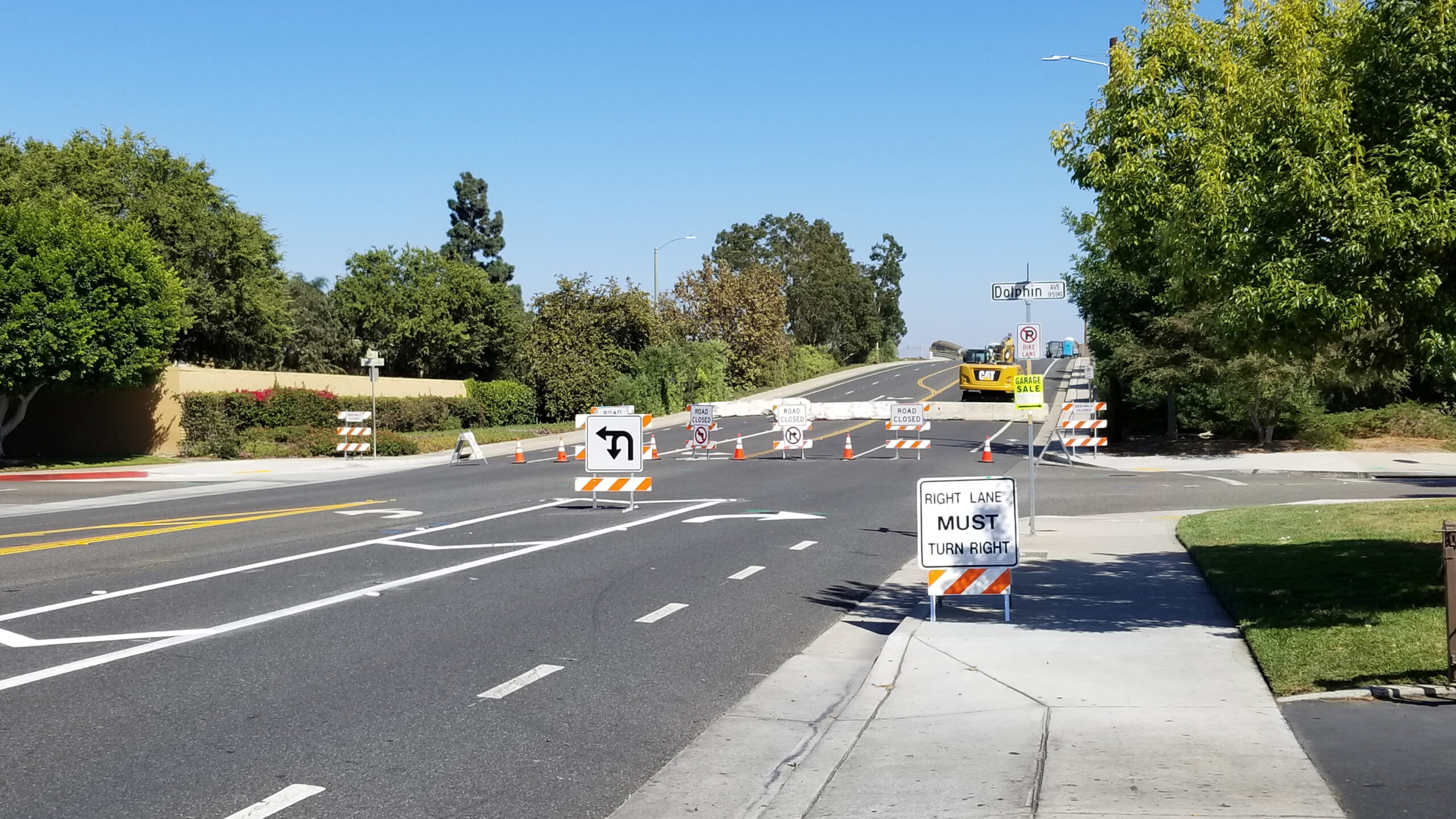Upper Market Corridor Safety Improvements Project
Location
Market St: Castro St to Octavia St/US-101 Highway and Guerrero St: Market St to Duboce Ave
City or County Responsible for Project
San Francisco
Category
Complete Streets Projects
Description
Upper Market Corridor is a multi-functional thoroughfare with heavy usage from pedestrians, bicyclists, public transportation riders, and vehicular usage in San Francisco, CA. The Upper Market corridor connects the historic Castro district from Market Street/Castro Street to Octavia Street/US-101 Highway for approximately 1 mile. The project also included Guerrero Street from Market Street to Duboce Avenue.
This busy Market Street segment has unique intersections that have 6 streets intersecting leaving wide roadway space for vehicles. To beautify the corridor and promote safety to align with Vision Zero SF (aiming to eliminate all traffic deaths in San Francisco by 2024), approximately $10 Million was spent overall for the project using local funding (IPIC-Interagency Plan Implementation Committee). During planning phase, community outreach and stakeholder engagement played a key role in receiving feedback and input on the project. The Project was involved coordination with a number of public and private agencies and community groups, including but not limited to San Francisco Municipal Transportation Agency (SFMTA), San Francisco Public Utilities Commission (SFPUC), San Francisco Arts Commission (SFAC), California Department of Transportation (Caltrans), PG&E, AT&T, Comcast, Walk San Francisco (WalkSF), the SF Bicycle Coalition (SFBC), Castro Commercial Benefit District (CBD), Castro Merchants Group, Duboce Triangle Neighborhood Association (DTNA), Hayes Valley Neighborhood Association (HVNA), Corbett Heights/Eureka Valley neighborhood associations, and the Market-Octavia Citizen’s Advisory Committee (MOP-CAC).
San Francisco has a rich history of the LGBTQ+ community; to honor and preserve this, rainbow honor walk plaques were installed for the expansion and installation of commemorative plaques down Market Street. Other special elements were restored/added to enhance the area, this included special paving such as restoring historic brick bands, granite stone curbs and installing special crosswalk. To celebrate the history and the future, identity banner and flags were also added to celebrate with holiday banners and flags for neighborhood events and civic pride. New bulb outs and site furnishing zones were created and provide the opportunity for future gateway projects or community space for gatherings. Distinct customization for boarding island rail design which captures San Francisco’s historic light rail. Copenhagen style footrests were installed for bicyclists at intersection stops to make the rest stop more comfortable for the users. Roadway work included ADA compliant curb ramps with bulb-outs to shorten pedestrian crossings. Landscaping/greening work included existing tree maintenance to prune tree and replace existing tree grates with a new tree well design standard, infill of street trees with vacant tree wells and drought tolerate median planting . Site furnishings for the corridor included custom MUNI boarding island railings, leaning rails, news rack consolidation, upgrades to non-standard bike racks and trash receptacles. Streetlight and traffic signal work included seasonal lighting for iconic seasonal light elements on light poles and uplighting on median palm trees, and ‘Path of Gold’ restoration for upgrades to LED conversion and powder coat touch-up of the historic fixtures throughout the corridor.
One major success on the project was the scheduling of work to meet project schedule goals and minimize disruption. The project alignment runs along an extremely busy commercial corridor of San Francisco, packed with businesses, residents, MUNI railways, buses, bicyclists and pedestrians. Access was maintained safely and effectively at all times for multiple modes of transportation. Construction along the corridor was also purposely phased in 2 segments to minimize the contractor’s impact to the community. In addition, the project location is adjacent to the State freeway system and is Caltrans right-of-way. which required additional permitting and nightwork. The project also required close coordination with many private and public agencies, including SFPUC, SFMTA and PG&E for relocation and adjustment of their facilities. Construction was successfully implemented with zero injuries from the public or the contractor through various major public events – including the Castro Street Fair, Castro Farmer’s Market, the Warriors Championship parade, Pride Parade and multiple Halloween celebrations. The City and contractor worked collaboratively to schedule work effectively and effectively to deliver the project on-schedule and on-budget.
Another project challenge that was overcome was the incorporation of non-standard elements installed under the project. For our project, the community requested special median uplighting, MUNI railings, commemorative plaques and many other beautification place-making improvements. Although requested by the community, San Francisco complete streets projects (similar to projects in other municipalities) typically select standard elements for implementation due to maintenance concerns. To facilitate implementation of non-standard features that were more unique and attractive to the neighborhood, project team worked collaboratively with many merchant associations, community stakeholders and City operations teams to select appropriate improvements that would meet maintenance standards and sustainability. A number of maintenance agreements were established with stakeholder groups to facilitate the construction and continued maintenance of the beautiful corridor. This was indeed a close collaboration with many private and public stakeholders.
After successful completion of construction, more public users are kept safe while benefiting from the beautification of the corridor. This project activated the space for the community to promote utilization of the corridor whether it be kept safe for bicyclists with more protective bike lanes or shorter pedestrian crossings at bulb outs. The landscape elements like street trees and median plantings help promote greenery while helping to curb storm water runoff along with drainage improvements to the area. In the future, San Francisco hopes to utilize the non-standard special elements to continue to make San Francisco a unique and innovative city while striving to become safer and more beautiful.
Project submitted by
Name
Lorina Louie
Job Title
Assistant Engineer
Organization
San Francisco Public Works
Address
49 South Van Ness – Suite 700
Lorina.Louie@sfdpw.org
Phone
628-271-2467




